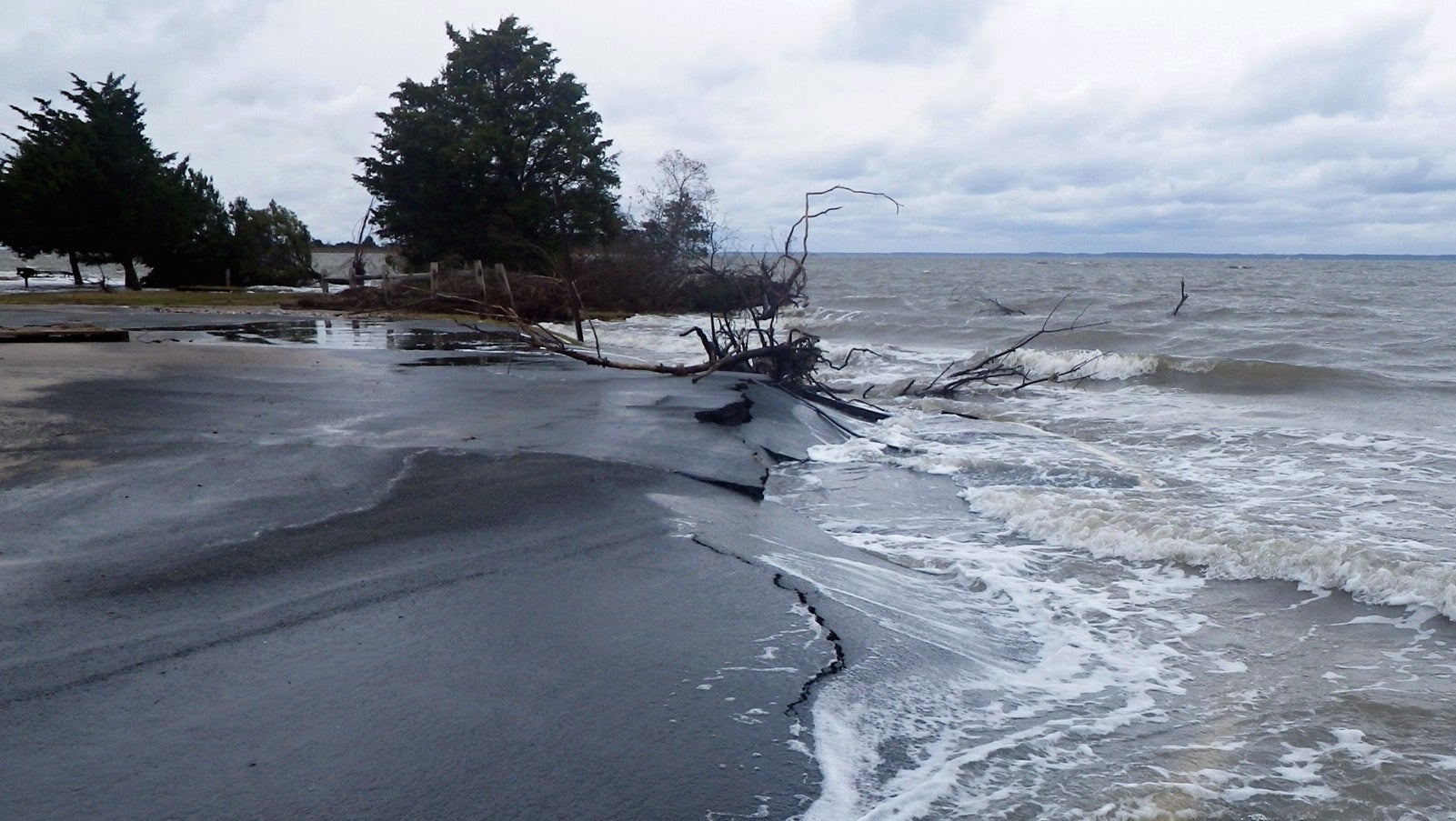Sea levels are rising at their fastest rate in 28 centuries
The global sea level rose approximately 14 centimeters (5.5 inches) in the 20th century, a greater fluctuation than in any century since 800 BC, according to a study published Monday in the Proceedings of the National Academy of Sciences.


The global sea level rose approximately 14 centimeters (5.5 inches) in the 20th century, a greater fluctuation than in any century since 800 BC, according to a study published Monday in the Proceedings of the National Academy of Sciences.
Led by geobiologist Robert Kopp, the researchers who worked on the study gathered more than 1,300 geological sea level indicators from 24 locations around the globe. The team then used statistical analysis to reconstruct a history of global sea level fluctuation going back 27 centuries. (The data that exists predating 800 BC was not good enough to use in the analysis, according to Kopp, which is why the study looks at only the past 2,700 years.)
The global sea level varied by approximately eight centimeters (3 inches) over the course of the pre-industrial era, with a notable decline between the years 1000 and 1400 that coincided with approximately 0.2°C of global cooling, the researchers found. Extrapolating from the historical rate of fluctuation, the study purports that without global warming the sea level would likely have fluctuated between a loss of three centimeters (1.2 inches) and a seven centimeter (2.8 inch) rise over the course of the 20th century, rather than the 14 centimeter rise observed. Scientists agree that temperatures around the globe have jumped about 1°C since the late 19th century.
This study builds on The Intergovernmental Panel on Climate Change’s estimate of post-industrial sea level change, which placed an upper bound of 25 centimeters (9.8 inches) on 20th century sea level rise. The study also provides a model for estimating sea level change going forward.
Extrapolating their findings, the researchers predict the sea level will rise between 24 and 131 centimeters (9.4 and 51.5 inches) by the end of the 21st century. This range is based on a set of projections released by The Intergovernmental Panel on Climate Change called Representative Concentration Pathways, which represent the different levels of greenhouse gas emissions that will be released into the atmosphere based on how much all countries reduce their emissions.
At the Paris Climate Talks in December 2015, member states of the United Nations agreed to hold the increase in the global average temperature to below 2°C, which corresponds to the level of emissions that would result in a sea level rise of 24 centimeters, according to the researchers’ predictions.